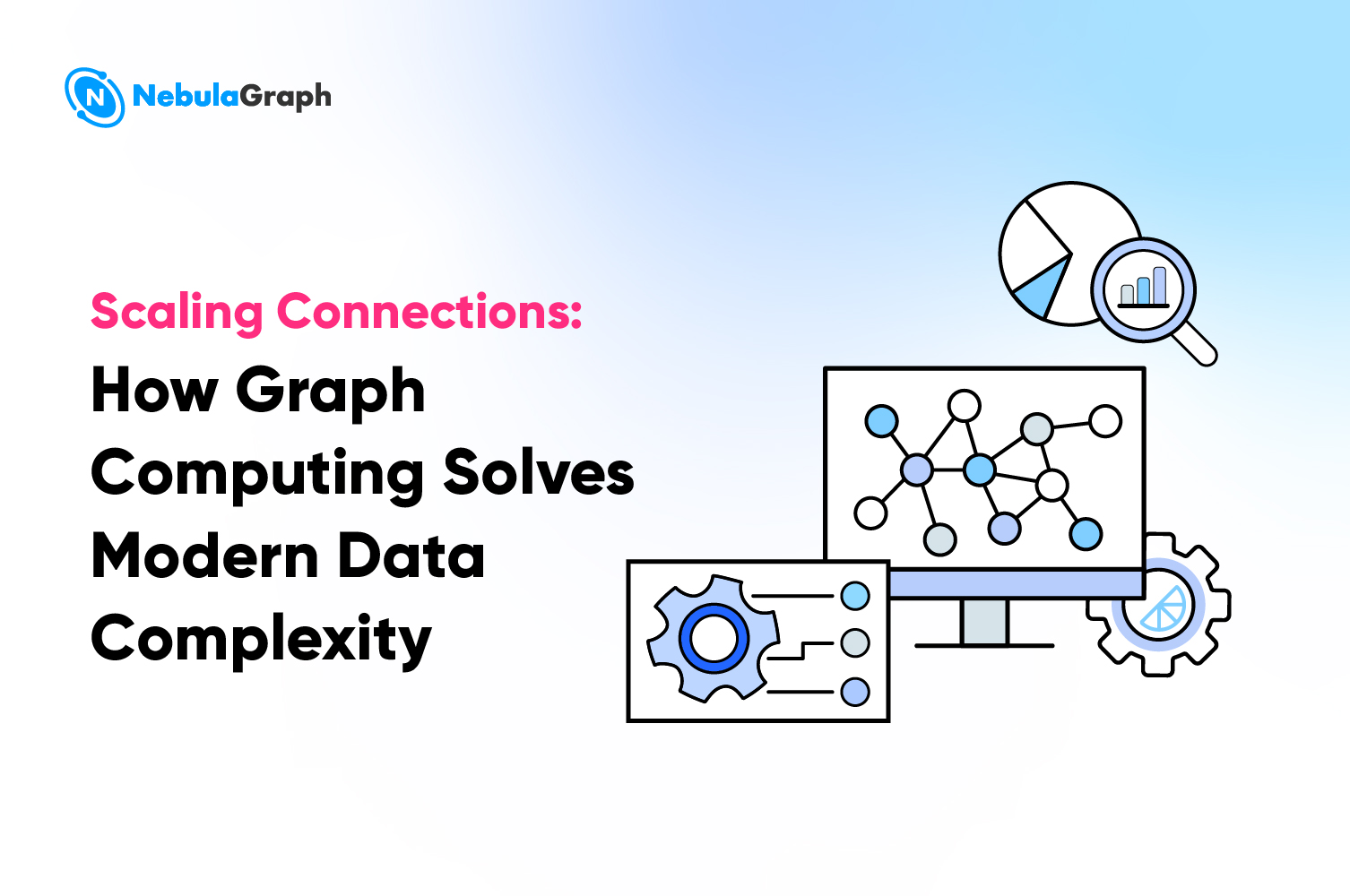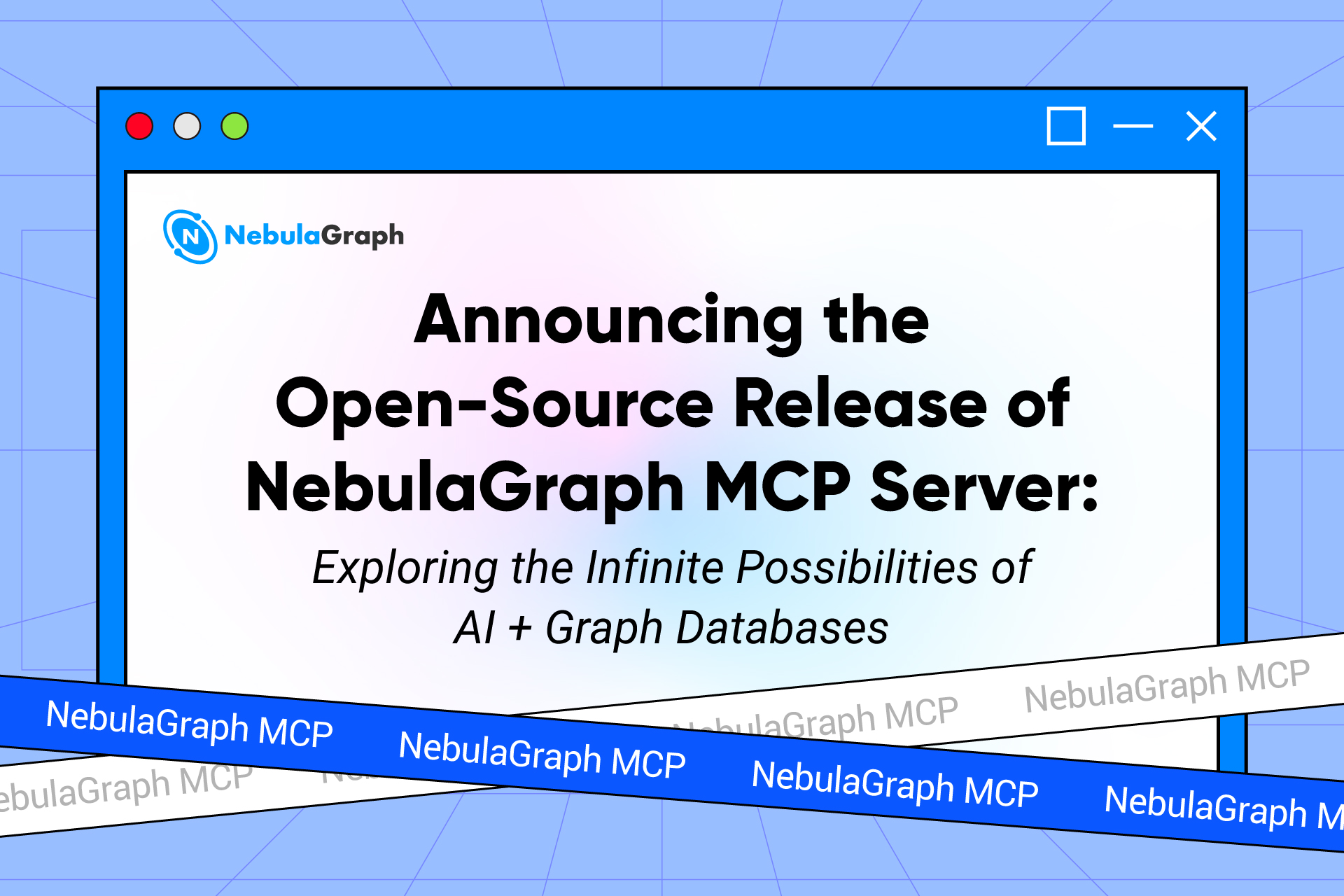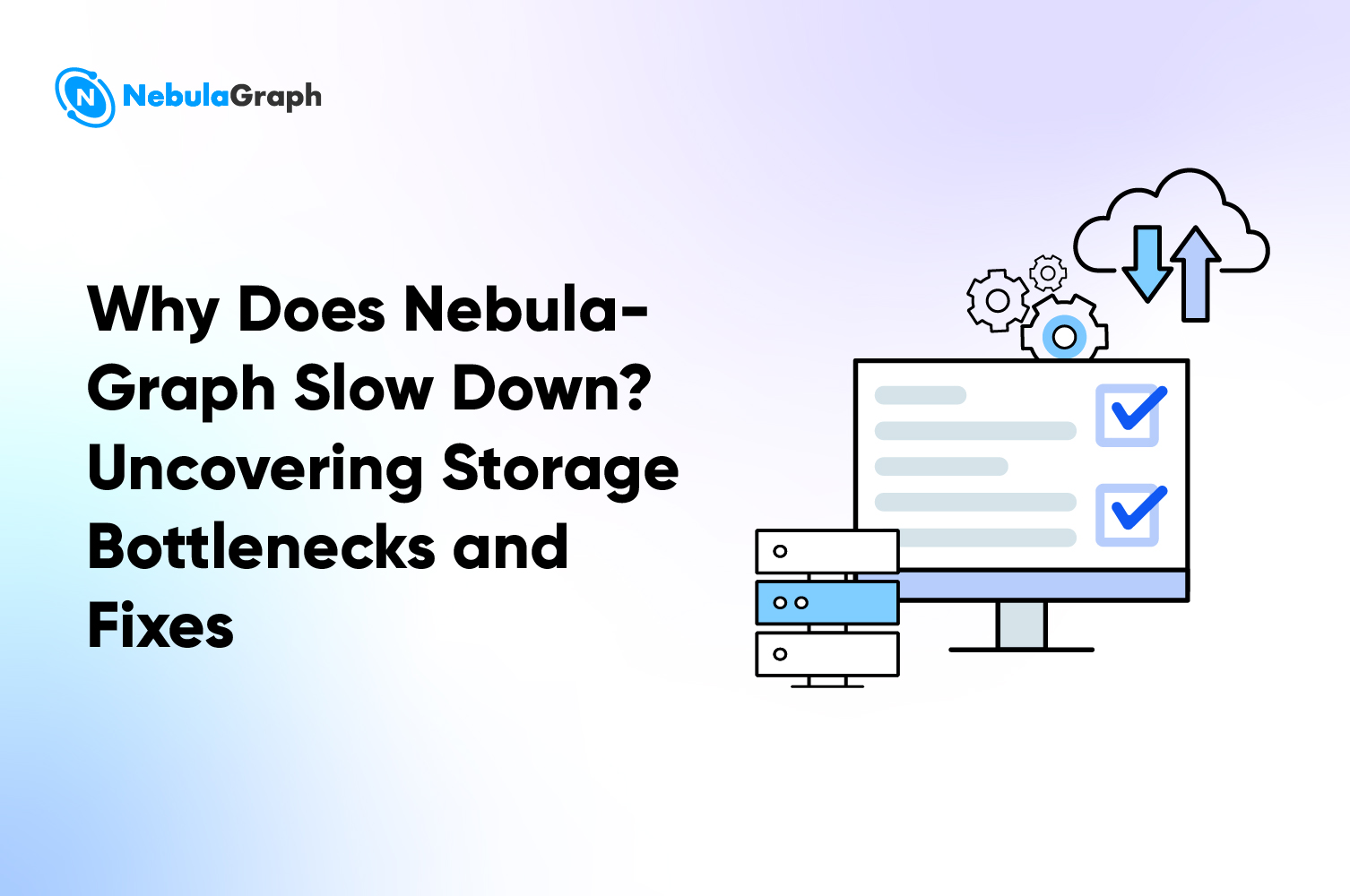LLMTech-talk
Why Graph Databases Like NebulaGraph Are Essential for the Next Generation of AI and LLMs
Imagine asking ChatGPT, “How did the 2023 global chip shortage impact Tesla’s suppliers in Shenzhen through three degrees of separation?” Despite its eloquence, the LLM would likely falter—not because it lacks data, but because it lacks a way to map hidden, dynamic relationships. This is where graph databases like NebulaGraph become essential for the next generation of AI and LLMs.
As AI shifts from statistical pattern recognition to knowledge-driven reasoning, traditional databases (SQL, NoSQL) hit a wall. Their rigid tables and documents can’t model the interconnectedness of real-world data—supply chains, fraud networks, or molecular interactions. This blog explores how graph technology is rewriting the rules of intelligent systems.
LLM Hallucinations: When “Confidently Wrong” Becomes Dangerous
LLMs hallucinate because they infer answers from patterns, not facts. Without grounding in verified knowledge, they risk generating plausible but dangerous outputs. Hallucinations aren’t just errors—they’re liabilities because they lack access to verified, structured knowledge. A medical chatbot might invent a drug interaction that doesn’t exist, risking patient safety.
The Limitations of Traditional Databases
One of the biggest limitations of traditional databases is that they treat data points as isolated entities. Relational databases force data into tables, losing nuanced connections. For example, mapping a 10-layer corporate ownership structure requires 50+ JOINs in SQL, slowing queries to minutes. Vector databases retrieve semantically similar data but miss contextual relationships.
AI often struggles with the isolated data because so much of its power comes from understanding relationships. Graph databases, by contrast, are designed to store and manage data as interconnected entities, allowing AI to make sense of the links between seemingly disparate elements.
Knowledge Graphs for Intelligent AI Systems
Graph databases are the backbone of such knowledge graphs, providing a powerful means of organizing and traversing complex webs of information. They allow AI systems to dynamically explore and connect various pieces of data, enhancing both the depth and the accuracy of the answers provided. Knowledge graphs are already being used in domains such as finance, healthcare, and education, where the complexity of the data requires more than a surface-level understanding.
Consider a fraud detection system for a major bank. Instead of treating each transaction as an isolated data point, a graph-powered AI can look at an entire network of transactions—cross-referencing user relationships, transaction frequency, locations, and any outliers that indicate something suspicious. It’s this networked understanding that enables real-time decision-making, stopping fraud as it happens rather than analyzing it after the damage is done.
Graph RAG: Minimize Hallucinations of Traditional RAG
Graph RAG (Retrieval-Augmented Generation) is an advanced evolution of traditional RAG that integrates knowledge graphs into the retrieval process, significantly enhancing contextual understanding and multi-hop reasoning capabilities. Graph RAG addresses hallucinations of traditional RAG by leveraging the structured relationships in knowledge graphs, enabling more precise and contextually rich information retrieval. This structured approach minimizes hallucinations by grounding responses in factual, interconnected data, leading to more accurate and reliable answers.
Two Major Methods to Implement Graph RAG
Build Your Graph RAG with NebulaGraph: This method requires some coding work and solid AI knowledge. By leveraging NebulaGraph’s powerful graph database capabilities, you can construct a knowledge graph that integrates with your existing data sources. The approach of Implementing Graph RAG with NebulaGraph allows for customization and fine-tuning of the graph structure and retrieval algorithms, providing a robust solution for complex enterprise applications. It involves steps such as data ingestion, graph construction, and integration with large language models (LLMs) to enable sophisticated query handling and response generation.
Choose NebulaGraph RAG: For those without coding experience, NebulaGraph RAG offers an intelligent app-building platform that simplifies the process. This platform abstracts away the technical complexities, allowing users to build and deploy graph-powered AI applications with minimal effort. It provides a user-friendly interface for creating knowledge graphs, configuring retrieval parameters, and generating responses, making it accessible to a wider range of users within the organization.
Build Tomorrow’s AI with NebulaGraph Today
The next AI breakthrough won’t come from bigger LLMs—it’ll come from smarter data infrastructure. NebulaGraph bridges the gap between LLMs’ linguistic brilliance and the structured intelligence of real-world knowledge. In the race to AGI, graph databases aren’t optional—they’re the bedrock. As OpenAI’s CTO once mused, “The future of AI isn’t just neural networks; it’s neural networks married to knowledge.”


